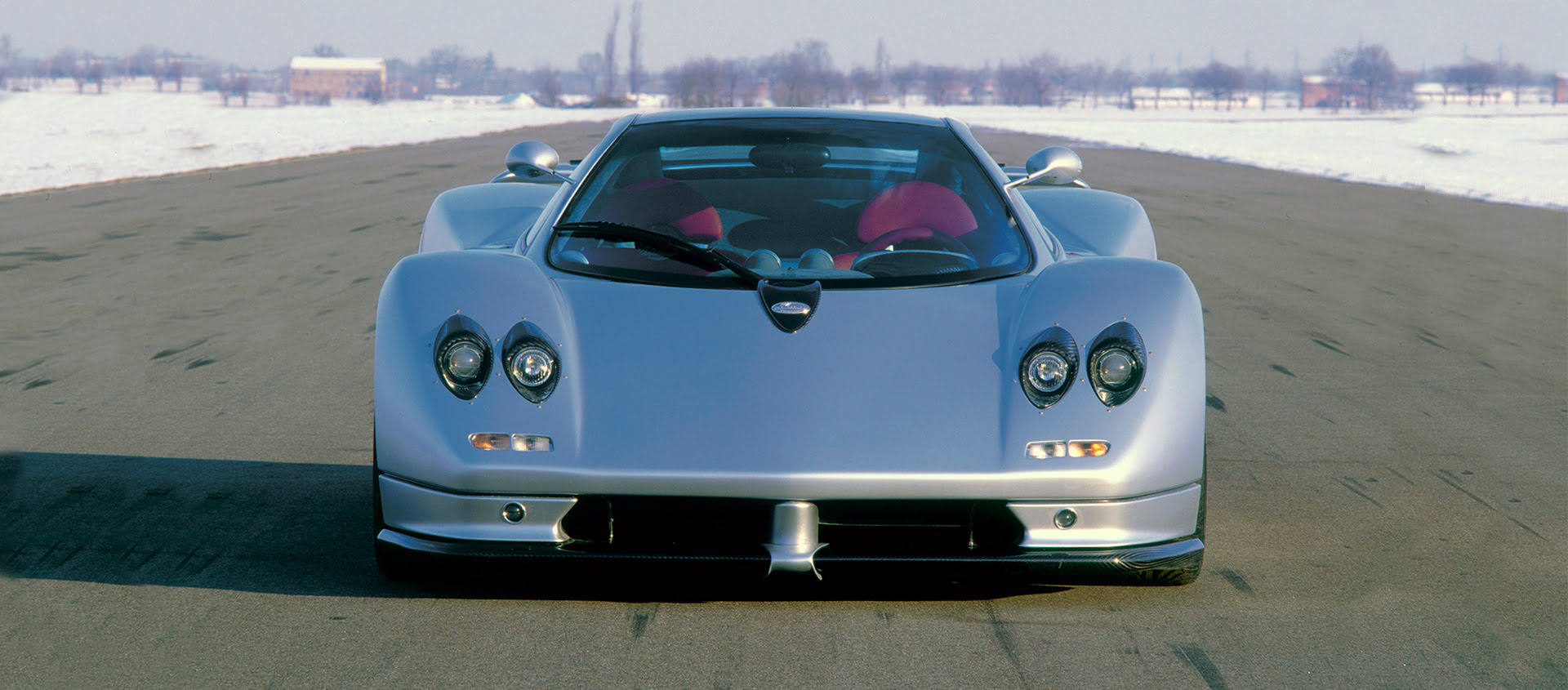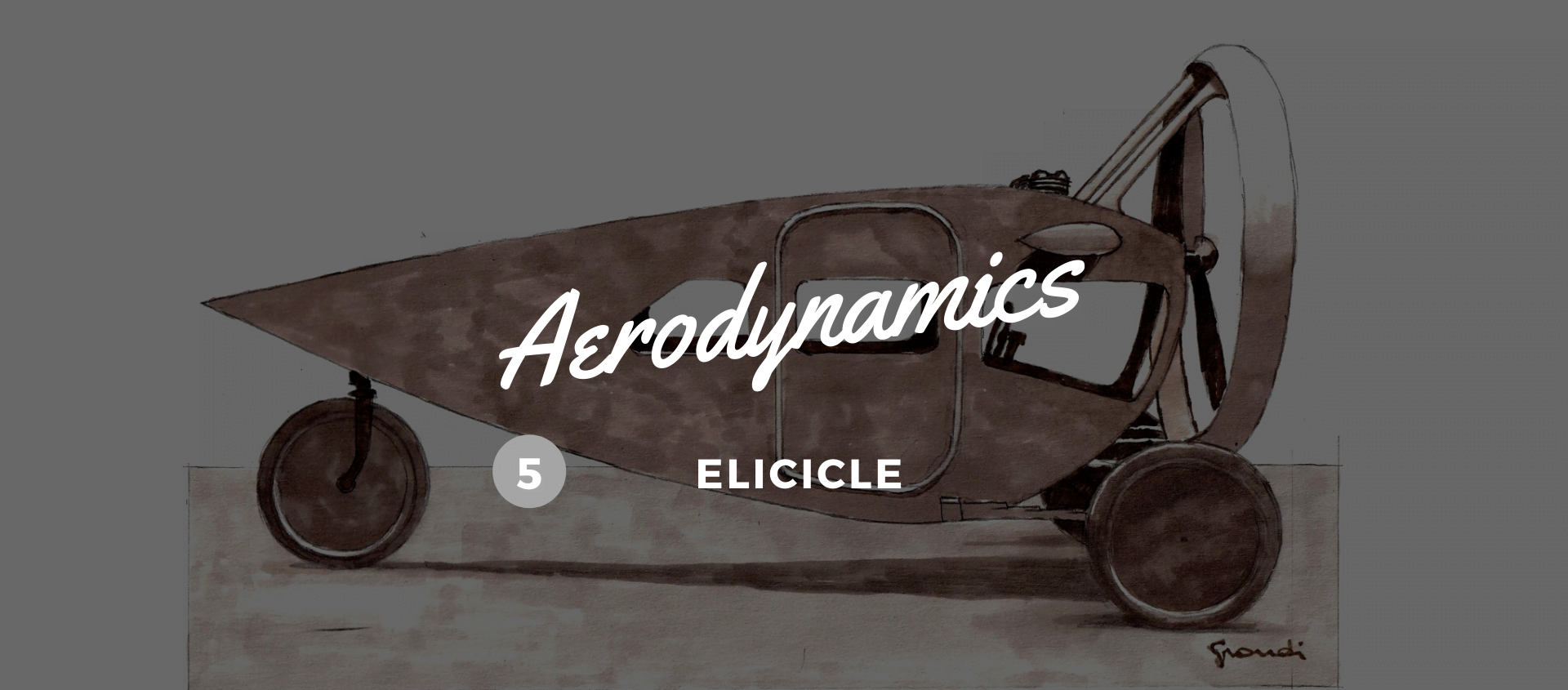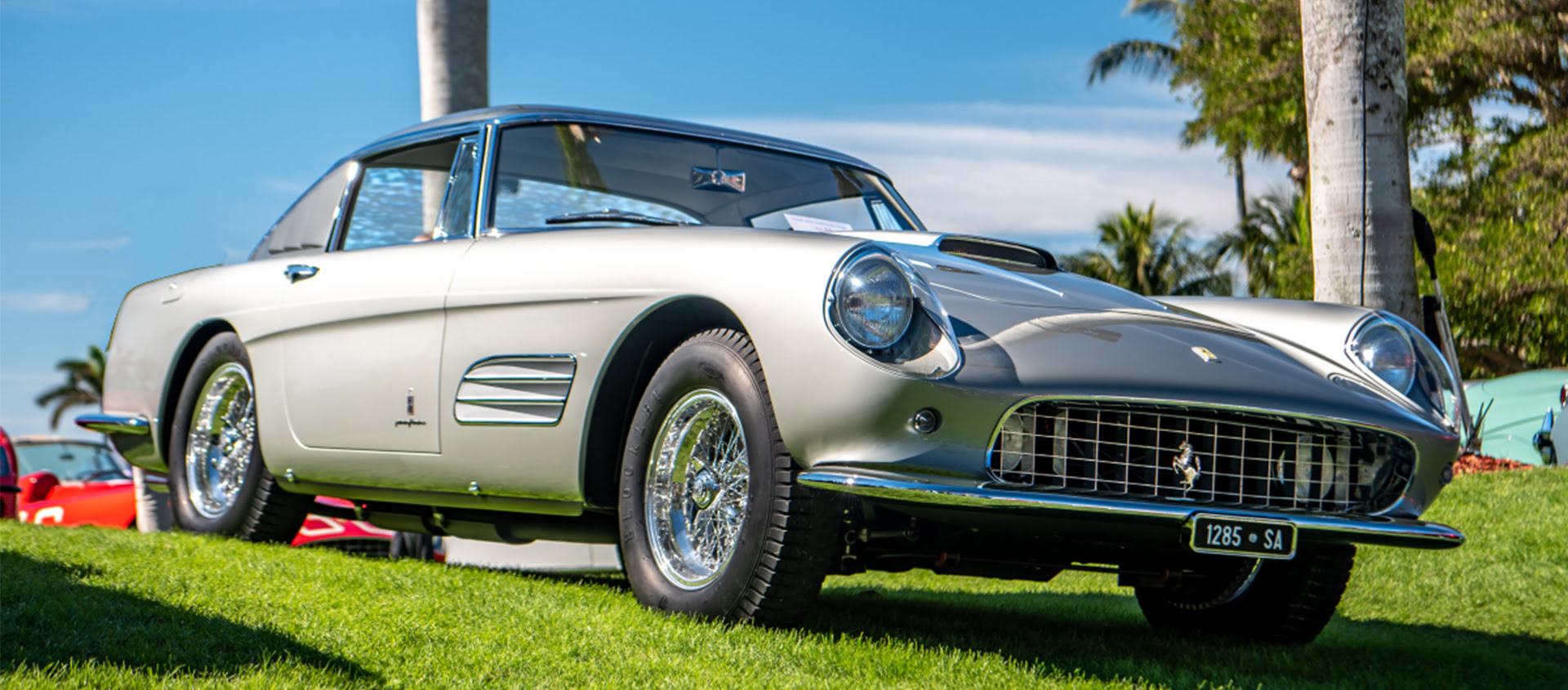Zonda, the first time of a winning wind
06 March 2020 2 min read 3 images

To fully understand the genius of Horacio Pagani, an Argentinian who resettled in the Italian Motor Valley, you need to go way back to 1986 during his time as head of the Composite Materials department in Lamborghini, where he conceived the prototype of the first road car made entirely from carbon fibre: the Countach Evolution. But Oracio had other things in mind: in the early 1990s he founded Pagani Composite Research and Modena Design, where he developed cutting-edge materials for manufacturers such as Renault, Daihatsu, Ferrari, Aprilia and Dallara. Nevertheless, Horacio Pagani had a second job at night, something that was more than a dream: the project with the acronym C8, which would very soon be nicknamed “Fangio F1”, in honour of his great friend Juan Manuel Fangio. A life-changing friend: the Argentine legend who managed to claim no fewer than five Formula One world championships, introduced Horacio to the board of Mercedes-AMG, paving the way for the supply of engines needed for the cars he had planned to build. In 1998 the final prototype of the C8 project was made, which was visually inspired by the “Silver Arrows”, those of Fangio's era that ran in the Sport category.
Register to unlock this article
Signing up is free and gives you access to hundreds of articles and additional benefits. See what’s included in your free membership. See what's included in your free membership.
Already have an account? Log In



